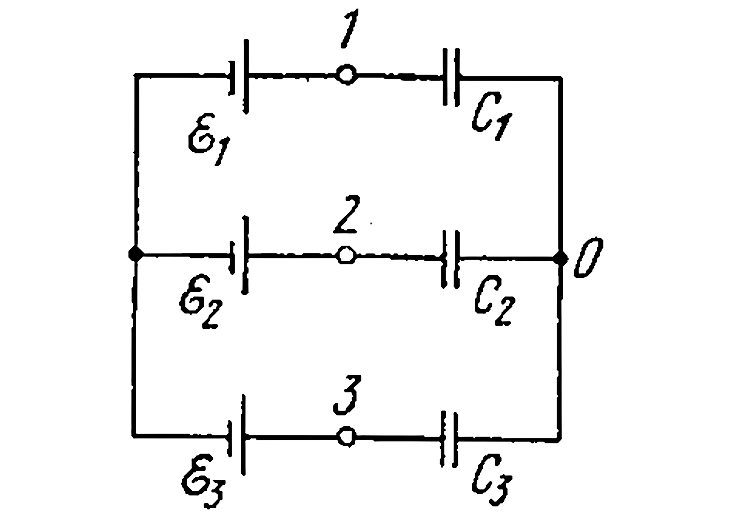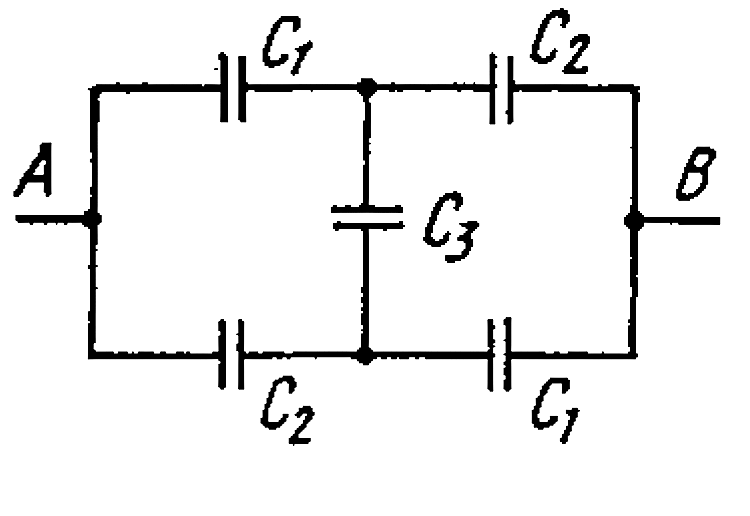Electric Capacitance - Energy Of An Electric Field from IE IRODOV PHYSICS Chapter 4 ELECTRODYNAMICS for Class 12
| Class 12 | PHYSICS |
| Chapter | ELECTRODYNAMICS |
| IE IRODOV PHYSICS | Electric Capacitance - Energy Of An Electric Field |
| Medium | English |
| Academic Year | 2023-2024 |
Question 2
Two parallel plate air capacitance C, were connected in series to a battery with emf ξ. Then one of the capacitors was filled up with uniform dielectric with permittivity ε. How many times did the electric field strength in that capacitor decrease ? What amount of charge flows throgh the battery ?View SolutionQuestion 4
The gap between the plates of a parallel-plate capacitor is filled with istropic dielectrc whose permittlvity ε varies linearly from esπlon1 to ε2(ε2>ε1) in the direction perpendicular to the plates. The area of each plate equals S, the separation between the plates is equal to d. Find :
(a) the capacitance of the capacitor,
(b) the space density of the bound chagres as a function of a if the charge of the capacitor is q and E in it is directed toward the growing ε values.View SolutionQuestion 6
A cylindrical capacitor is filled with two cyclindrical layers of dielectric with permittivity esπlon1 and esπlon2. The inside radii of the layers are equal to R1 and R2>R1. The maximum permissible values of electric field strength reaching teh breakdown value for both dielectrics simulttaneously ?View SolutionQuestion 9
A long straight wire is located parallel to an infinite conducting plate. The wire is located parallel to an infinite conducting plate. The wire cross-sectional radius is equal to a, the distance between the axis of the wire and the plane equals b. FInd the mutual capacitance of this system per unit length of the wire under the condition a<<b.View SolutionQuestion 21
A capacitor of capacitance C1=1.0μF charged up to a voltage V=110V is connected in parallel to the teminals of a circuit consisting of two uncharged capacitors connected in series and possessing the capacitances Cs=2.0μF and Cs=3.0μF. What charge will flow through the connecting wires ?View SolutionQuestion 35
A charge q is distributed uniformly over the volume of a ball of radius R. Assuming the permittivity to be equal to unity, find :
(a) the electrostatic self-energy of the ball,
(b) the ratio of the energy W1 stored in the ball to the energy Ws pervadinting the surrounding space.View SolutionQuestion 40
A point charge q is located at the centre O of a spherical uncharged coducting layer provided with small orifice. The inside and outside radii of the layer are equal to a and b respectively. The amount of work that has to be performed to slowly transfer the charge q from teh point O through the orifice and into infinity is
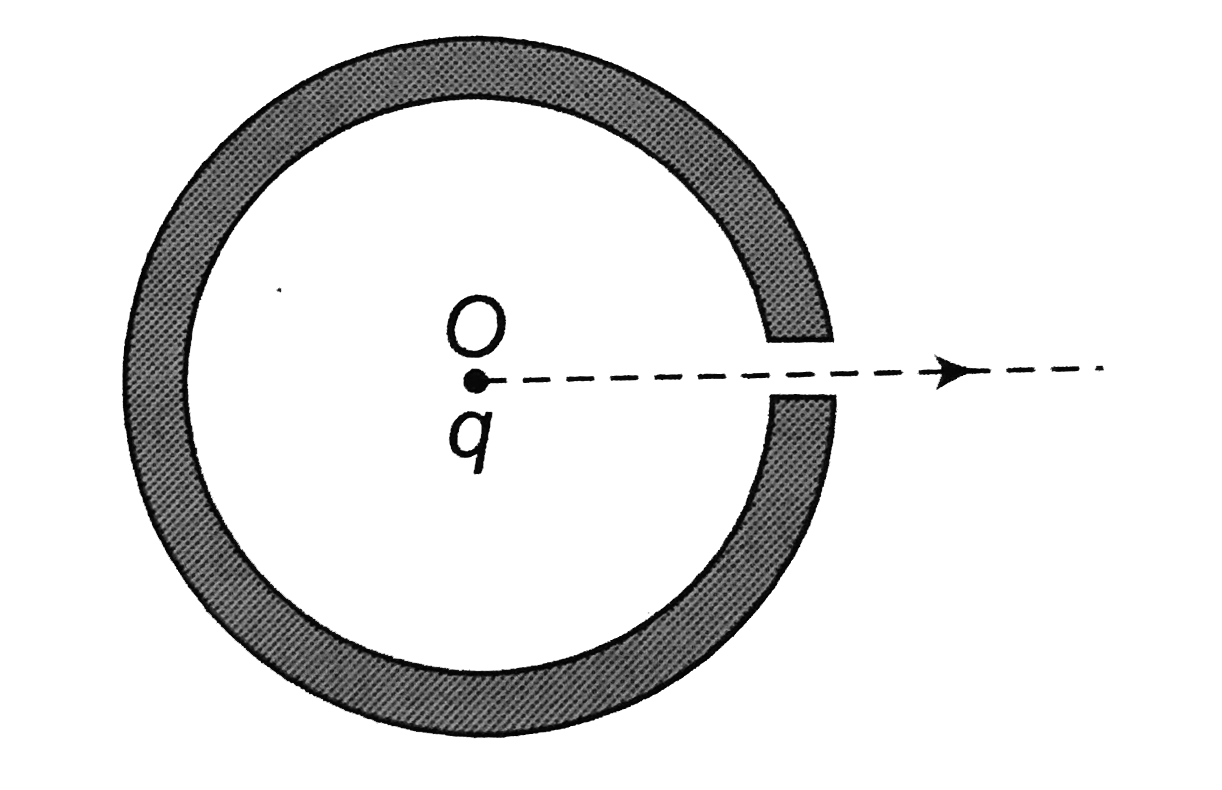 View Solution
View SolutionQuestion 41
Each plate of a parallel -plate air capacitor has an area S. What amount of work has to be performed to slowly increases teh distance between the plates from x1 to x2 if
(a) Capacitance of the capacitor which is equal to q, or (b) the voltage across the capacitor, which is equal to V, is kept constant in the process?View SolutionQuestion 42
Inside a parallel-plate capacitor there is a plate parallel to the outer plates, whose thickness is equal to η=0.60 of the gap width. When the plates is absent the capacitor cpaacitance equals c=20μF . First, the capacitor was connected in parallel to a constant voltage source producting V=200V, then it was disconnected for it, after which the plates was slowly removed from teh gap. FInd the work perfomed during the removel, if the plate is
(a) made of metal, (b) made of glass.View SolutionQuestion 44
A parallel plate capacitor is located horizontally, so that one of its plates is submerged into liquid while the other is over the surface. The dielectric constant of the liquid is equal to k. Its density is equal to ρ. To what height will the level of the liquid in the capacitor rise after its plates gets a charge of surface density σ ?
 .View Solution
.View SolutionQuestion 45
A cylindrical layer of dielectric with permittivity ε is inserted into a cylindrical capacitor to fill up all the space between the electrodes. The mean radius of the electrodes equals R, the gap between them is equal to d, with d<<R. The constant voltage V is applied across the electrodes of the capacitor. Find the magnitude of the electric force pulling the dielectric into the capacitor.View SolutionQuestion 46
A capacitor consists of two stationary plates shaped as a semi-circle of radius R adn a movable plate made of dielectric with permittivity ε and capacble of rotoning about an axis O between the stationary plates (fig). The thickness of the movables plate is equal to d which is practically the separation between teh stationary plates. A potential difference V is applied to the capacitor. FInd the magnitude of the moment of forces relative to the axis O acting on teh movable plate in the position shown in the figure.
 View Solution
View Solution

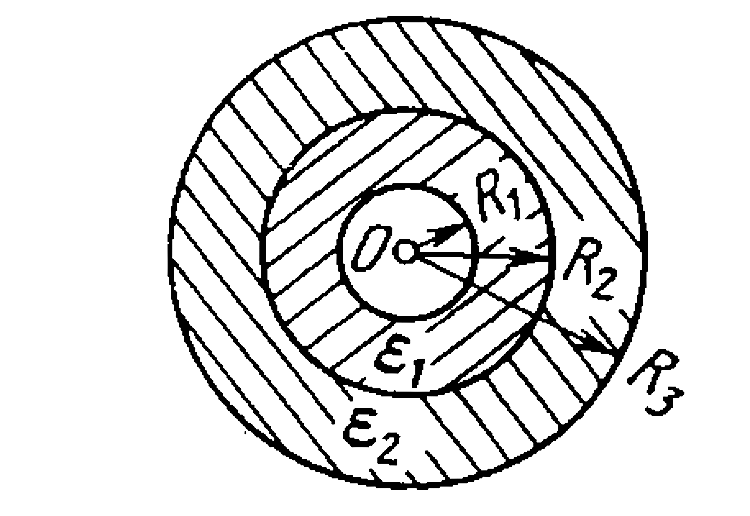
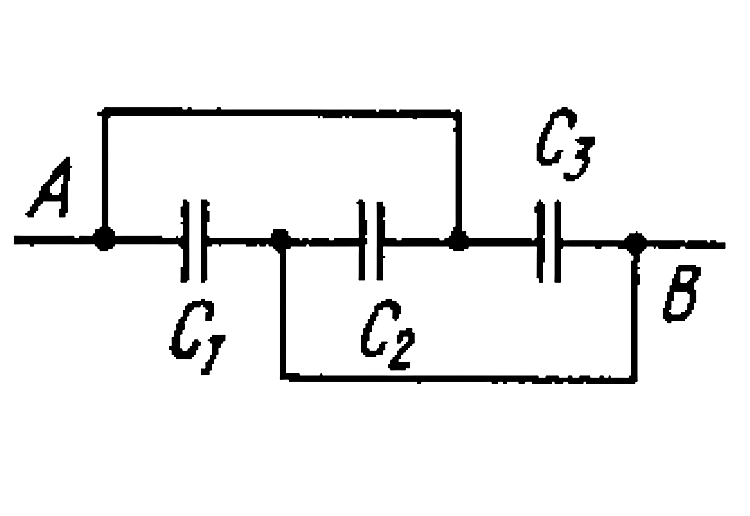
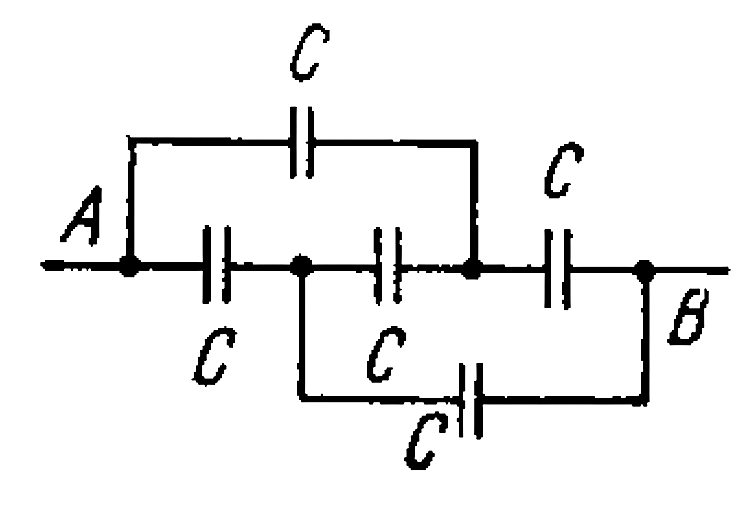







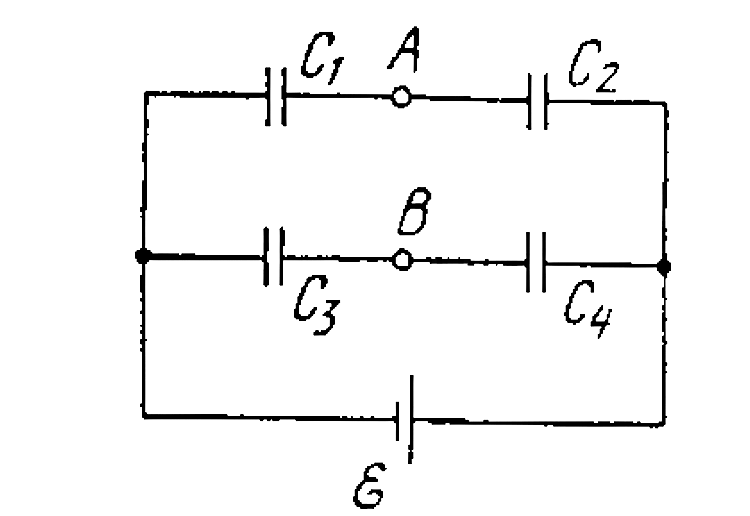

 .
. 
